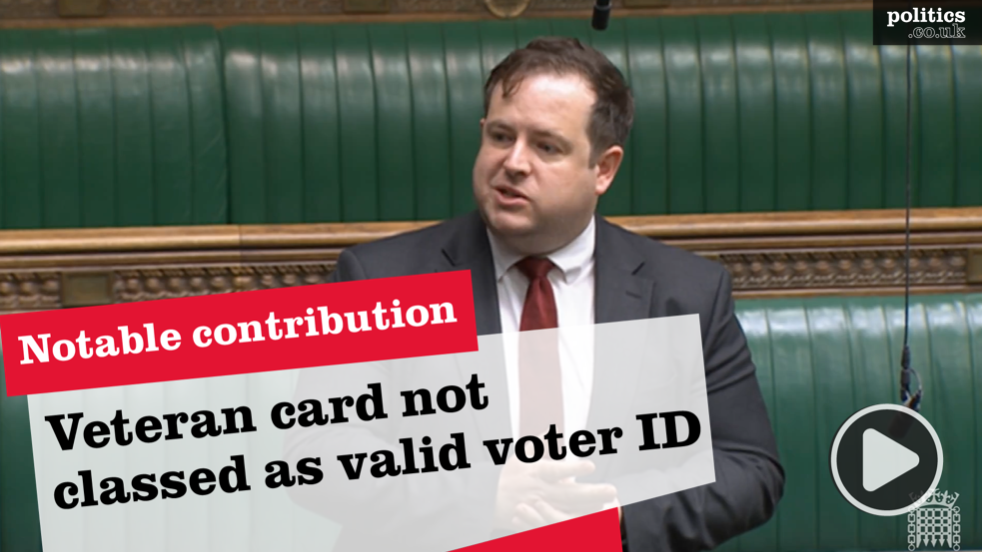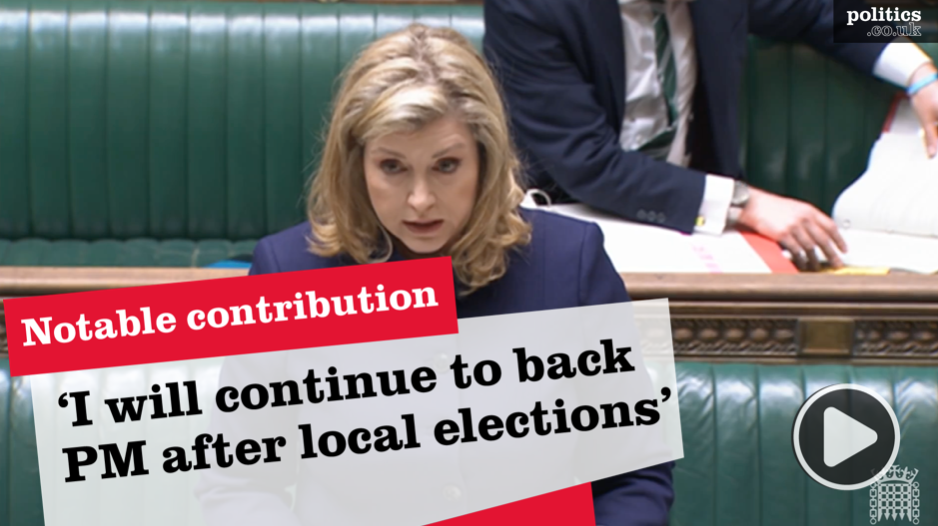21 per cent decrease in British adults who are ‘very aware’ of Covid-19 information
Early results of a national survey show public interest in government statistics and medical information websites on Covid-19 has waned – especially among young people – but over half of UK adults have been using such sites.
The proportion of the UK who reported being ‘very aware’ of Covid-19 information, guidelines and rules is 21 percentage points lower for the period since March 2021 than it was during the first 6 months of the pandemic, according to a survey conducted for Sense about Science by the National Centre for Social Research (NatCen).
The survey’s first results, released today, mark the opening of an inquiry by Sense about Science into people’s experiences with obtaining and using the evidence for policies, inside and outside government. Public submissions to the inquiry are now open.
The survey, conducted in September and October 2021 with 2563 UK adults, has looked at who used government and medical information websites as sources and whether people got what they needed from them. It also found that people engaged less frequently with Covid-19 information since March 2021 compared to 2020. Initial analysis indicates that the decrease was larger in younger people.
The national survey shows a mixed picture in relation to different government sources, with higher-than-expected levels of engagement with sources such as the ONS website, Public Health England data dashboard and reports of government statistics.
Comparison between the first six months of the pandemic and the period since March this year shows a 21-percentage point decrease in the proportion ‘very aware’ of Covid-19 information.
The largest decrease in awareness was among 18 – 29 year olds, where the proportion reporting being ‘very aware’ declined by 30 percentage points.
The frequency of public engagement with Covid-19 information on government and medical websites was also lower since March 2021 compared to the first 6 months of the pandemic.
Between these two time periods the proportion of people finding out the latest information about Covid-19 ‘less than once a week’ rose by 17 percentage points.
Again, this change appears to have been larger for younger people with the proportion of people aged 18-29 finding out the latest government information about Covid-19 less than once a week increasing by 32 percentage points, compared to 9 percentage points for people aged 50 or older.
People had high engagement with sources of Covid-19 information overall however.
When analysed by age group, the report found that younger people were more likely to have accessed Covid-19 information ‘via people they know or follow’: 59% of 18-29 year-olds compared to 40% of people aged 30 to 49 and 23% of people aged 50 or older.
56% of respondents with degrees accessed ‘websites of government bodies or departments’ compared to 18% of respondents with no qualifications.
The difference is smaller for ‘reports of government statistics’: 43% of respondents with degrees accessed these compared to 24% of respondents with no qualifications.
Narrowing the source of information to websites, 58% of respondents said they had accessed ‘NHS websites’ and a surprisingly high number reporting they had accessed government statistics sites: 35% of respondents had accessed ‘Public Health England’s data dashboard’; 15% of respondents had accessed the ‘ONS website.
23% of respondents with degrees accessed the ‘ONS website’ compared to 8% of respondents with no qualifications.
41% of respondents with degrees accessed the ‘Public Health England data dashboard’ compared to 25% of respondents with no qualifications.
The full results of the survey are being analysed and will be published with the report of the What Counts? scoping inquiry. Alongside NatCen’s national survey, preparations for the inquiry include interviews with people around the UK providing facilities and services and those faced with decisions in a wide range of settings and communities about risks and trade-offs to mitigate the effects of the pandemic and assess government reasoning.










